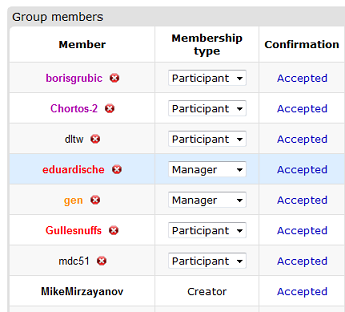Greetings to the Codeforces community!
I'm glad to announce that we again decided to introduce a round based on one of the programming olympiads for schoolchidren in Saratov. This time it is a round for participants from Division II. Round will start at unusual time for Codeforces: 12:00 MSK.
The problems were prepared by MikeMirzayanov and me, while Fefer_Ivan and Gerald helped us with writing alternative solutions.
Members of the first division can participate out of competition, as usual.
Scoring distribution is standard: 500-1000-1500-2000-2500.
UPD: tutorial can be found here.
UPD 2: The model solution for problem E (unfortunately, there were only one model solution) was incorrect. But, the answers for all pretests were correct. After the round we fixed the solution. All submits for problem E were rejudged.
UPD 3: Results are final, ratings are updated.















